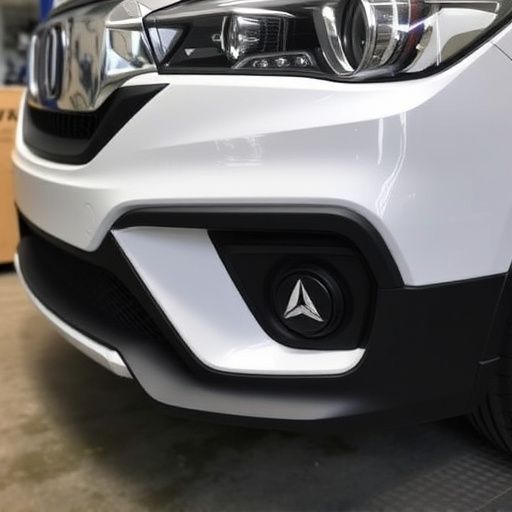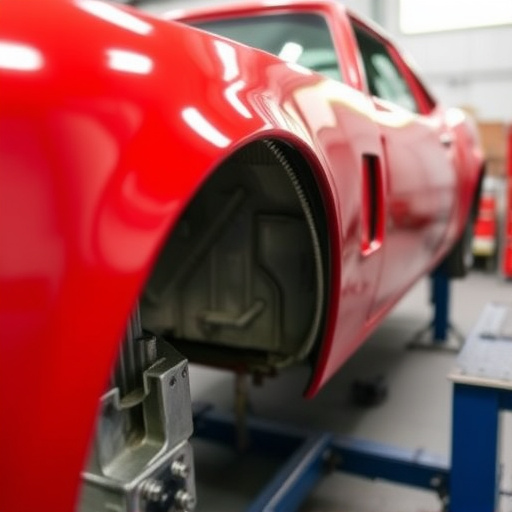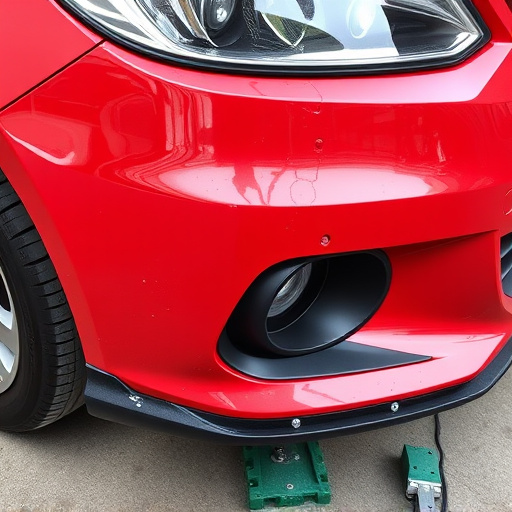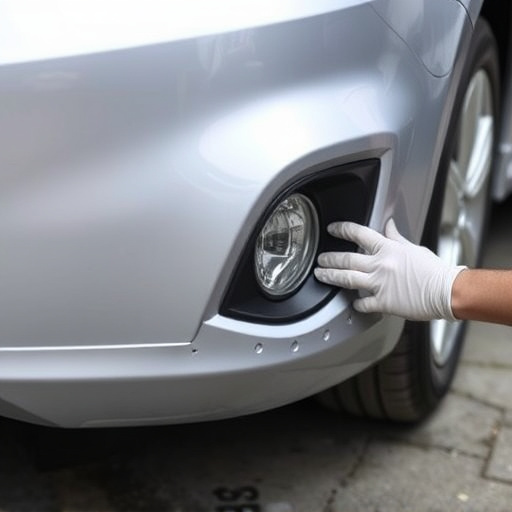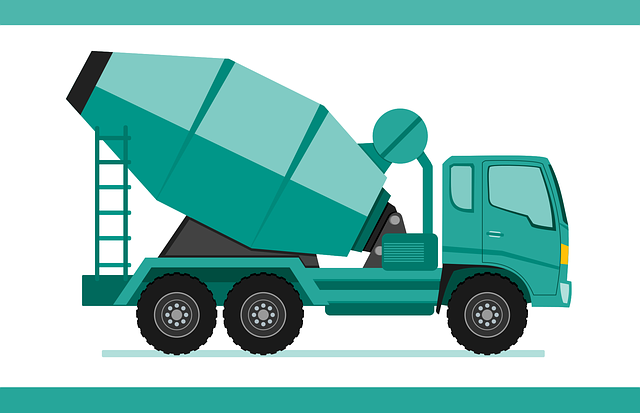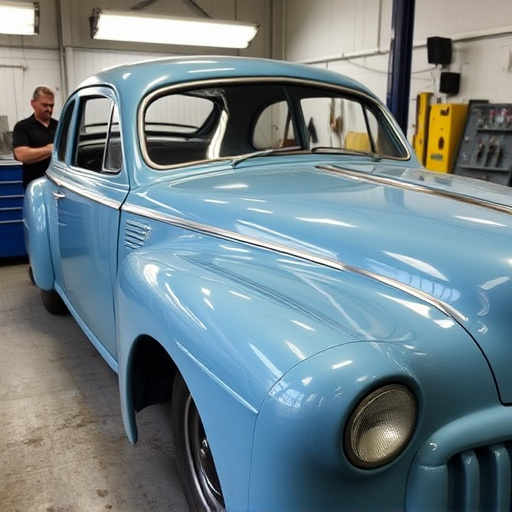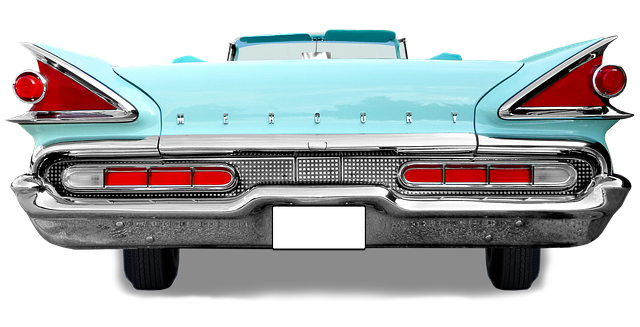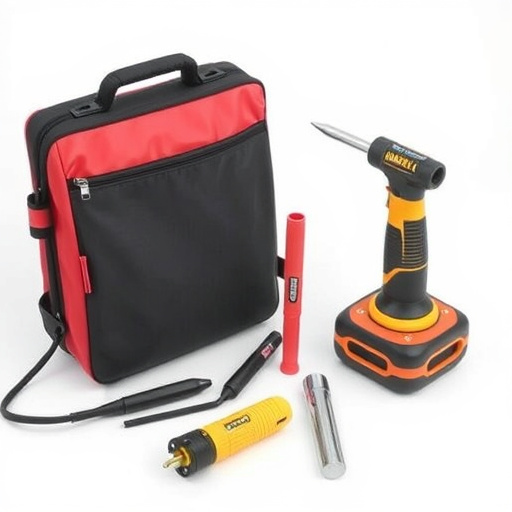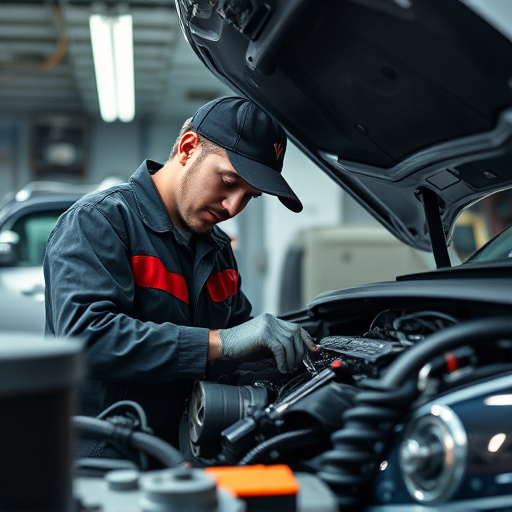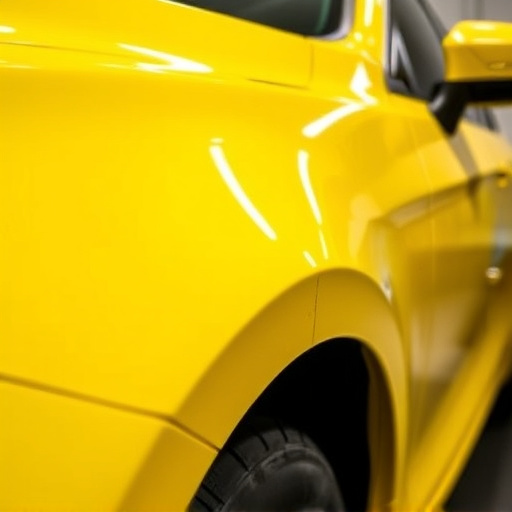After a collision, exhaust system damage needs immediate attention for safe driving. Inspect for leaks, cracks, and misalignments. Specialize in exhaust system collision repair using advanced tools to identify hidden damage. Follow a structured process: inspect pipes, mufflers, headers, and converters thoroughly before repairs. Conduct safety assessments including visual inspections, gas flow tests, and diagnostic scans to guarantee optimal functionality. Proceed with trusted professionals in a specialized car body shop for effective restoration.
After a vehicle collision, assessing and repairing your exhaust system is crucial. This comprehensive guide details the process of exhaust system collision repair, focusing on understanding common damage types and performing step-by-step repairs for various components. Learn how to identify issues like bent pipes, damaged hangers, or loose connections and conduct safety checks before reassembling. By following these expert tips, you’ll ensure your exhaust system is restored efficiently and safely.
- Understanding Exhaust System Damage After Collision
- Step-by-Step Repair Process for Different Components
- Testing and Safety Checks for Efficient Restoration
Understanding Exhaust System Damage After Collision
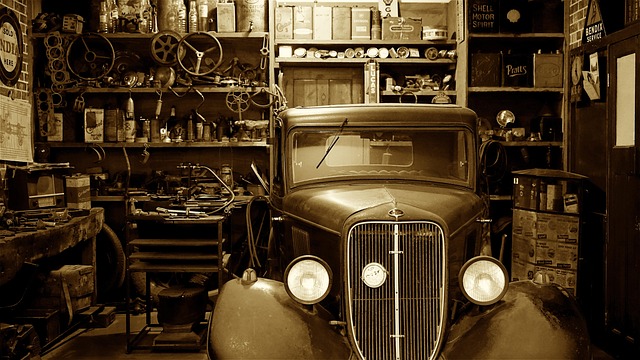
After a vehicle collision, assessing exhaust system damage is crucial for safe and efficient driving. The exhaust system plays a vital role in keeping your car running smoothly by removing harmful gases from the engine. In the event of a crash, this intricate network of pipes, headers, and mufflers can sustain various types of damage, ranging from minor cracks and dents to more severe structural failures. It’s essential to inspect for leaks, cracks, warping, or misalignment that could compromise the system’s integrity.
Automotive body work experts emphasize that identifying these issues promptly is key to ensuring both safety and optimal vehicle performance. Collisions can cause hidden damage, especially in the exhaust system, which might not be immediately apparent. Therefore, when dealing with post-collision repairs, engaging collision repair services specializing in exhaust system collision repair is highly recommended. Proficient technicians utilize advanced diagnostic tools and their expertise to thoroughly evaluate and repair or replace damaged components, restoring your vehicle’s exhaust system to its pre-accident condition.
Step-by-Step Repair Process for Different Components
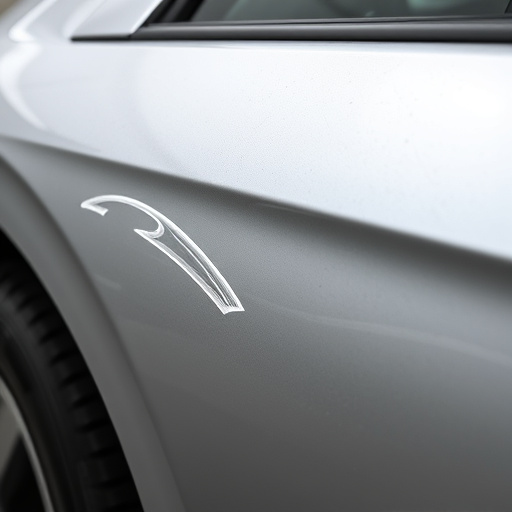
When dealing with an exhaust system collision repair, understanding the step-by-step process is key. For the exhaust pipe, start by assessing the damage and removing any debris. Use a welder to fix or replace any broken sections, ensuring proper alignment. Next, inspect the muffler for leaks or structural damage. If damaged, replace it entirely to maintain optimal gas flow and noise reduction.
For more complex repairs, like those involving auto glass repair, seek professional assistance from an auto repair shop specializing in vehicle restoration. They’ll have the tools and expertise to handle delicate components like headers and catalytic converters, ensuring a safe and effective exhaust system collision repair.
Testing and Safety Checks for Efficient Restoration
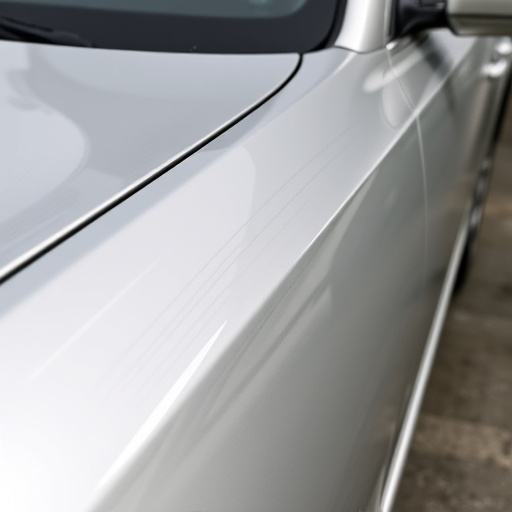
Before proceeding with any exhaust system collision repair, it’s crucial to conduct thorough testing and safety checks. These steps ensure that every component is in optimal condition and function, thereby guaranteeing a safe and efficient restoration. Begin by visually inspecting the exhaust system for any visible signs of damage or misalignment. Check for cracks, corrosion, or loose connections, as these could indicate deeper issues. Utilize specialized tools to measure gas flow rates and check for leaks, ensuring that all parts are sealed properly.
Additionally, perform a diagnostic test using advanced scanning tools to identify any electronic faults within the exhaust system. These checks are vital, especially if the vehicle has modern emissions control systems. Once these initial tests are complete, proceed with confidence to the next stages of automotive restoration in your trusted car repair shop or vehicle body shop, leveraging expertise and specialized equipment to bring your vehicle back to its pre-impact condition.
In light of the above, it’s clear that exhaust system collision repair is a specialized process requiring meticulous attention to detail. By understanding common damage patterns, following structured repair procedures, and conducting thorough safety checks, professionals can ensure efficient restoration of vehicles affected by collisions. This guide serves as a valuable resource for both mechanics and car owners, promoting safer roads through informed maintenance practices.
